What is a naturally occurring mixture of one or more minerals? 486
rock
Scientists study Earth’s interior mainly by studying ___ generated by earthquakes.
seismic waves
Both P and S waves travel through solids. They travel faster in ___ ___rock and slower in less rigid and less dense rock.
dense, rigid [The answer is in the question.]
What is a movement of the ground that happens when rocks break and move?
an earthquake
What kind of wave can penetrate liquid mantle, liquid outer core and solid inner core?
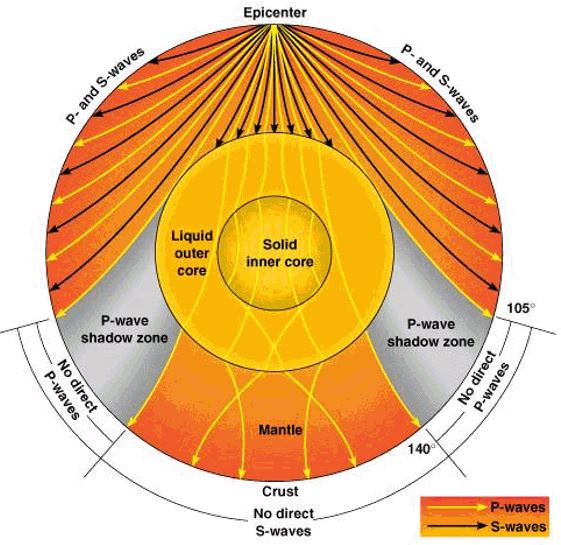
P waves
What seismic waves squeeze rock in the same direction the wave is traveling?
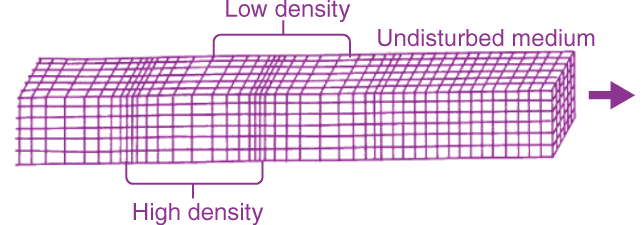
P-wave
What are the waves of energy that travel through rock?
seismic waves OR P and S waves OR body waves
Which is a P wave; which is an S wave?
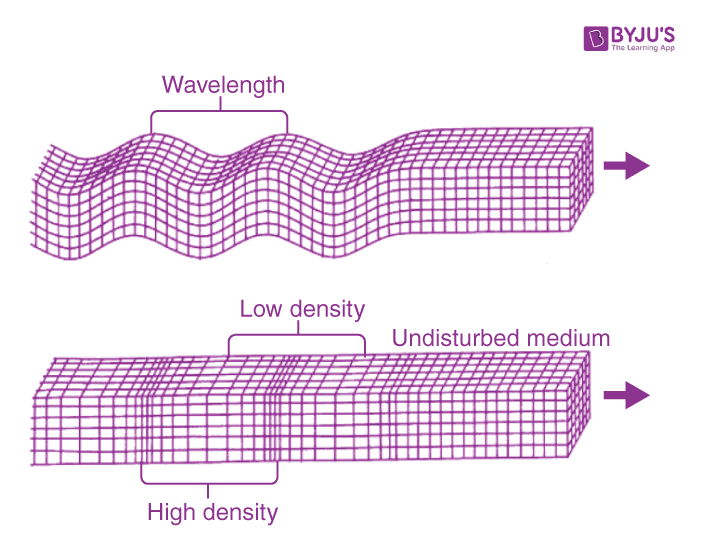
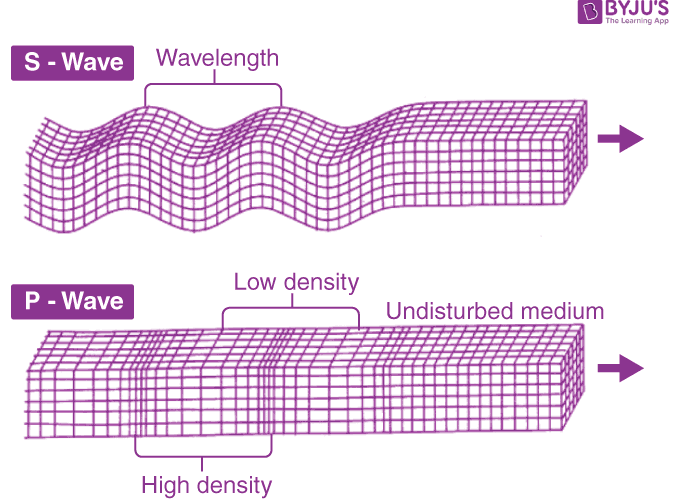
When an earthquake happens, seismic waves travel outward in ___ ___.
many directions OR all directions
What happens to P waves as they travel from one layer to another?

They are refracted. [They refract.]
Which shows the amplitude (strength) of a wave?
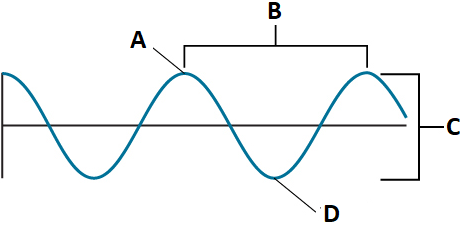
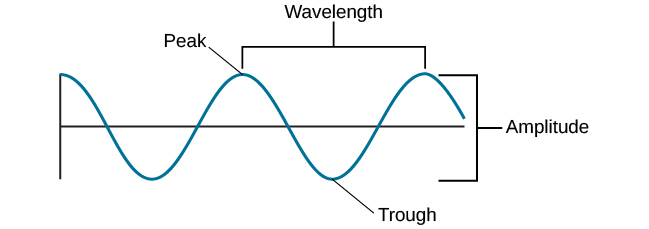
What device below is used by scientists to collect and record seismic-wave data?
seismograph
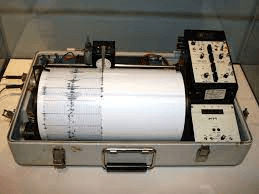
The P wave arrived at the seismic station __ seconds before the S wave.
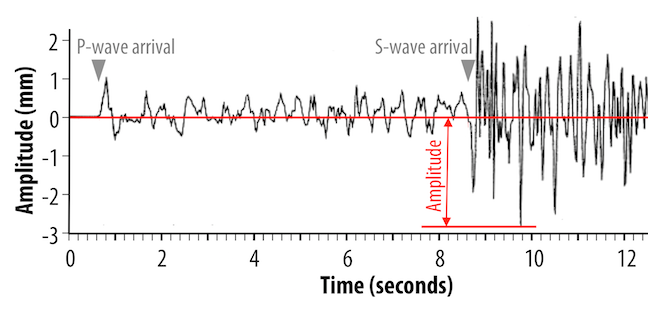
7.5 to 8 seconds
Sometimes tectonic plates get stuck along ___ lines, where pressure builds up.
fault lines
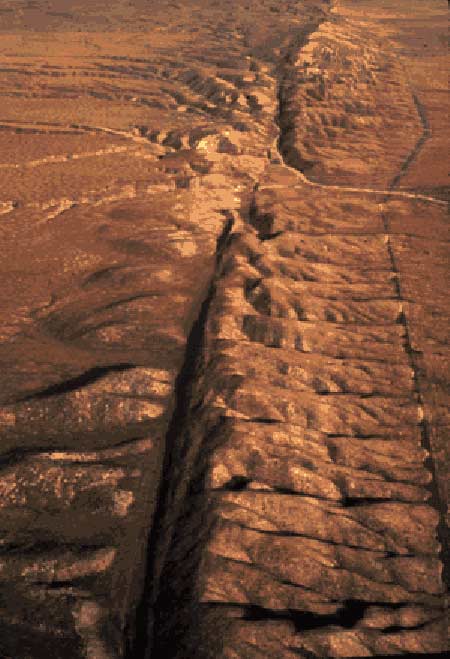
Seismic waves are felt much more near the epicenter. What happens to P, S and Surface waves as they move through or across the Earth?
A. They disappear.
B. They are absorbed.
C. They intensify.
D. They bounce back.
B. They are absorbed by the Earth.
[Energy is never created or destroyed; it is only transformed.]
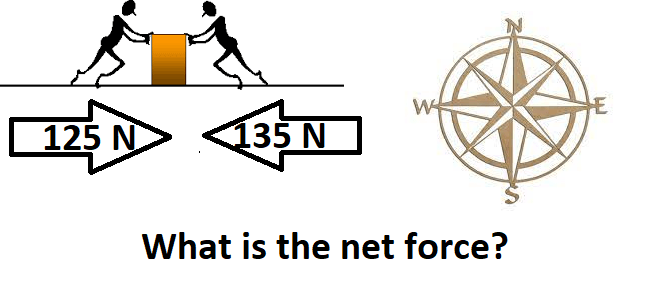
Double click if you can tell what force would need to be added to reach 0 net force.
10 N west
If you added 10 N East, the net force would be zero.
What phases of matter do P waves travel through?

solid, liquid, or gas
What happens to the speed of a P wave as it travels from the liquid outer core to the solid inner core?

They speed up. [They increase velocity.]
Contrast the focus and the epicenter of an earthquake.
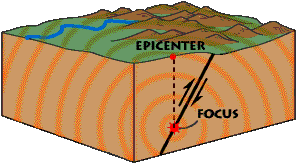
The focus is the place inside Earth's crust where an earthquake originates. The point on the Earth's surface directly above the focus is the epicenter.
California Academy of Sciences
What layers of Earth are liquid?

lower mantle (or inner mantle) and outer core
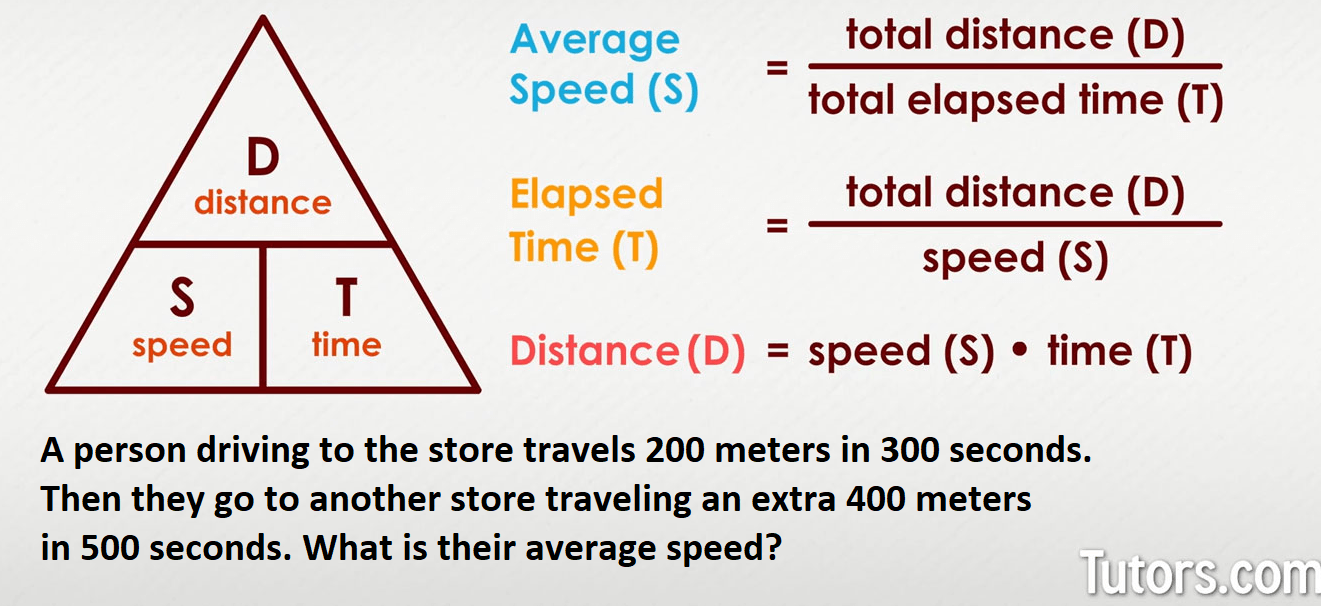
.75 m/s
Total Distance = 600 m
Elapsed Time = 800 s
600/800 = .75 m/s
What phase of matter do S waves travel through?

solid
The P wave arrived at the seismic station __ seconds before the S wave.
about 5 or 6 seconds
[from 7 seconds to 12 or 13 seconds]
Earthquakes occur frequently in the Himalaya mountains, causing avalanches and often killing mountain climbers. What two tectonic plates collide to cause this phenomenon and also cause the mountains to grow higher each year?
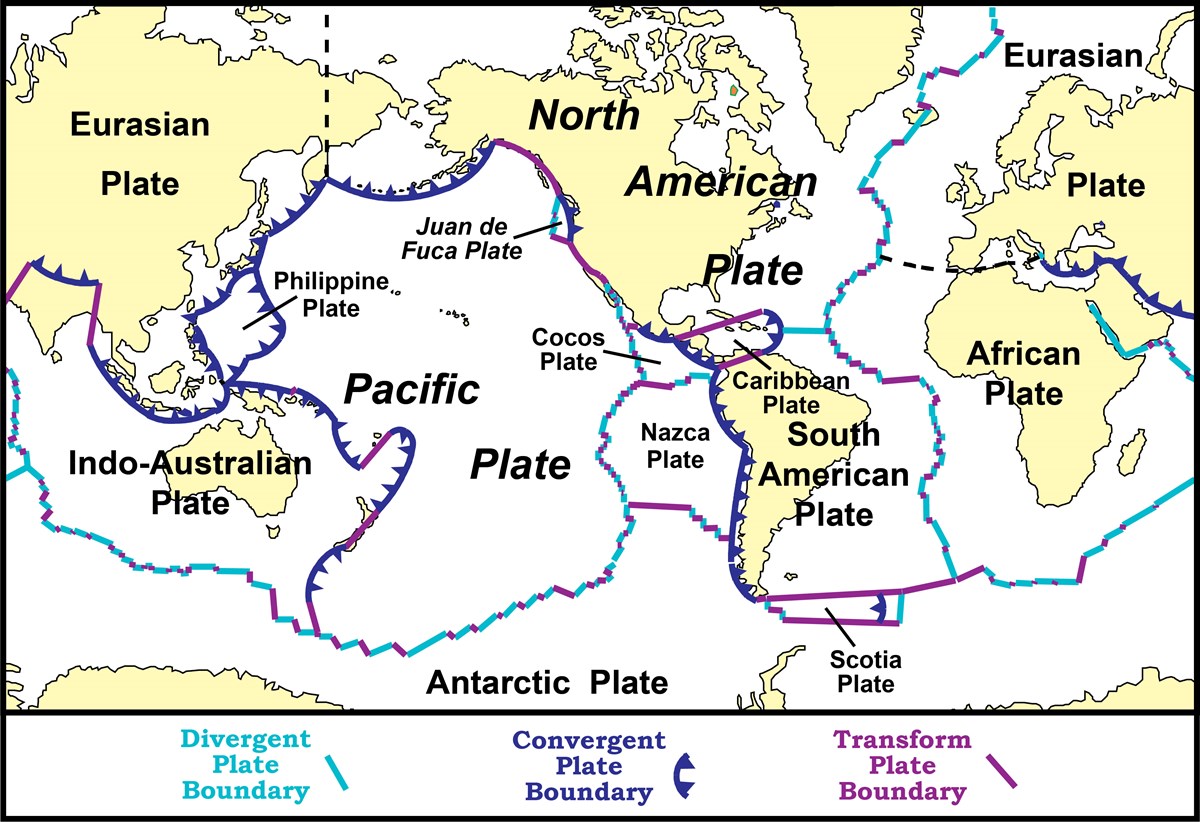
the Eurasian plate and the Indo-Australian plate (sometimes called the Indian plate)
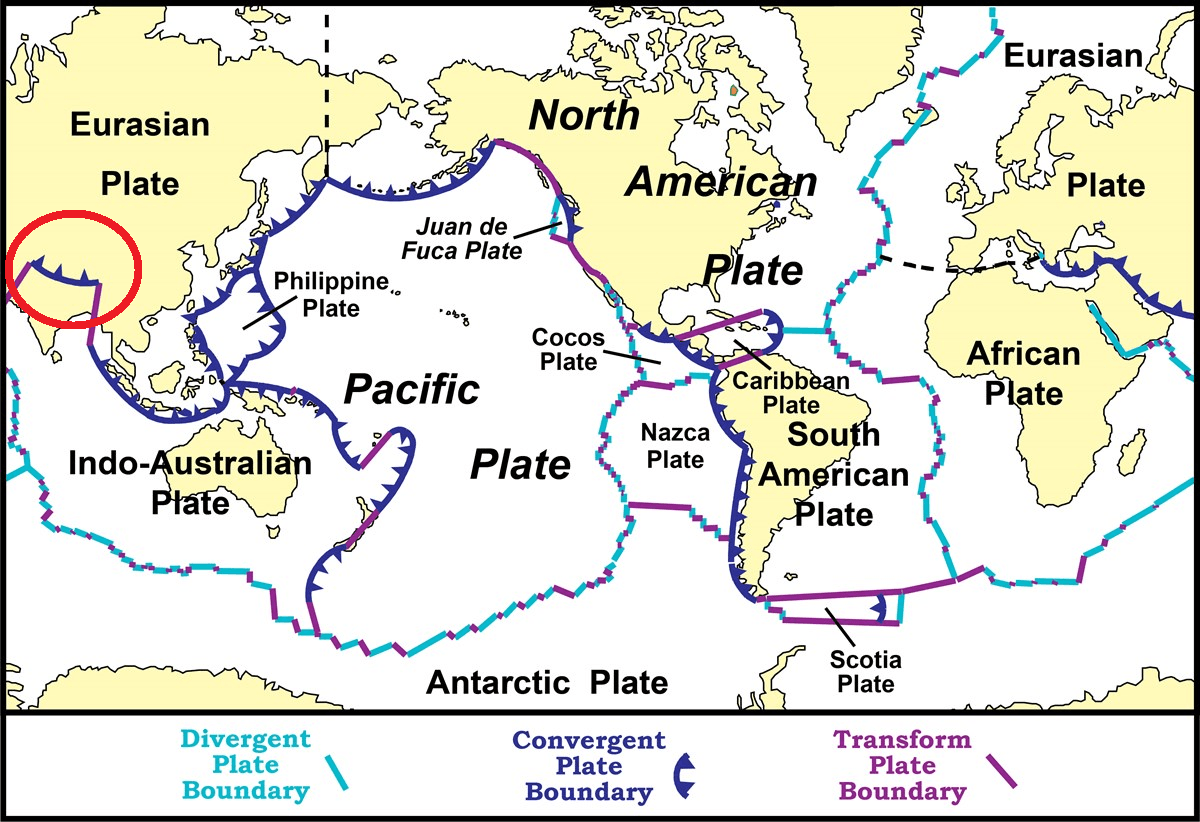
What layers of Earth are solid?

Lithosphere (or outer crust, inner crust and outer mantle)
and inner core